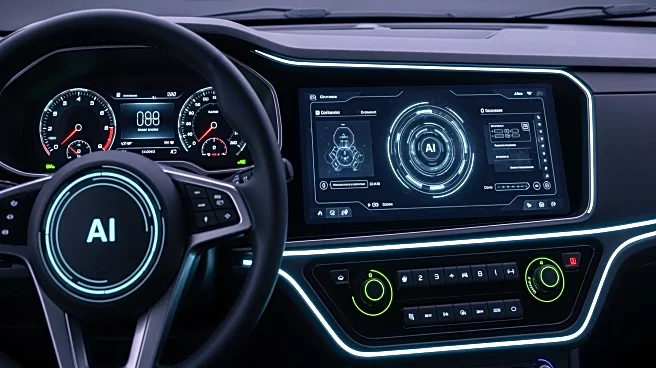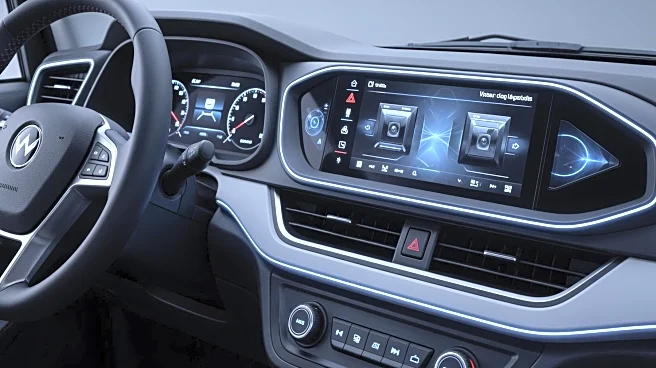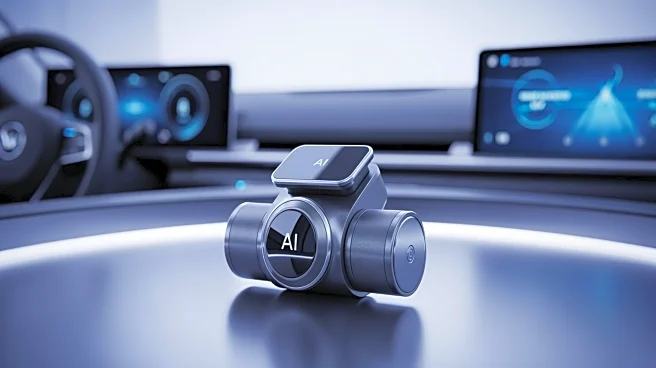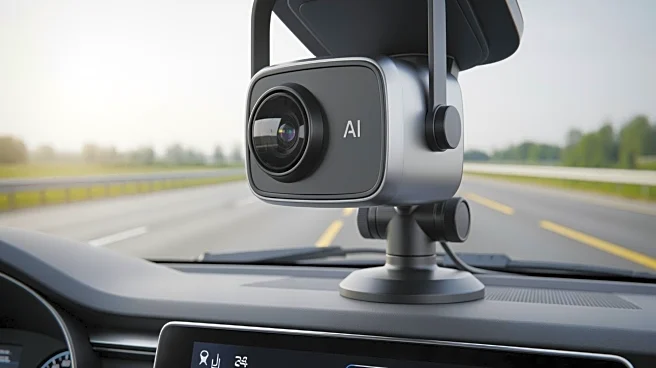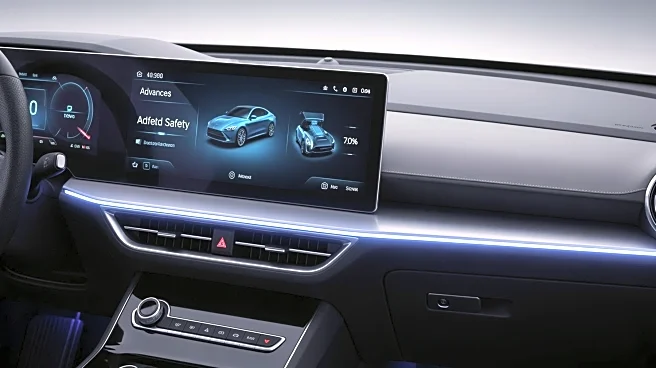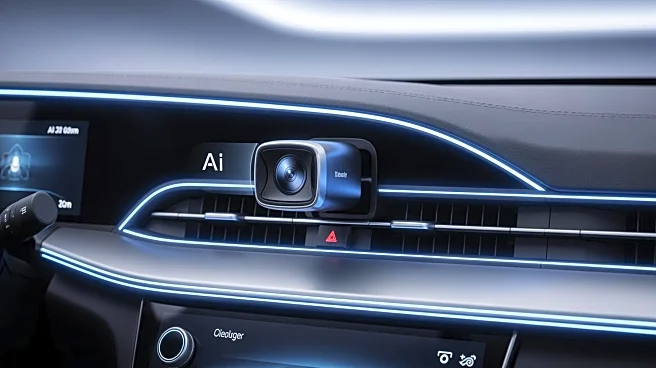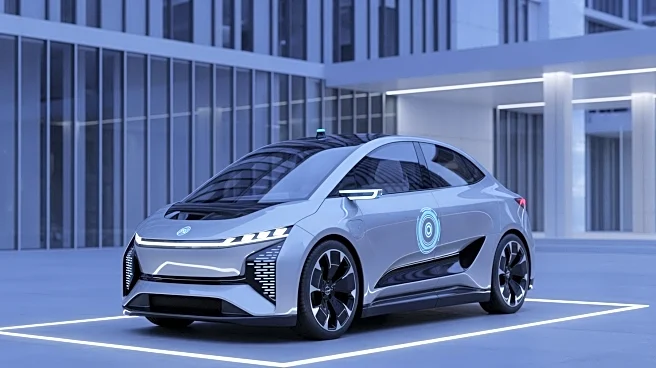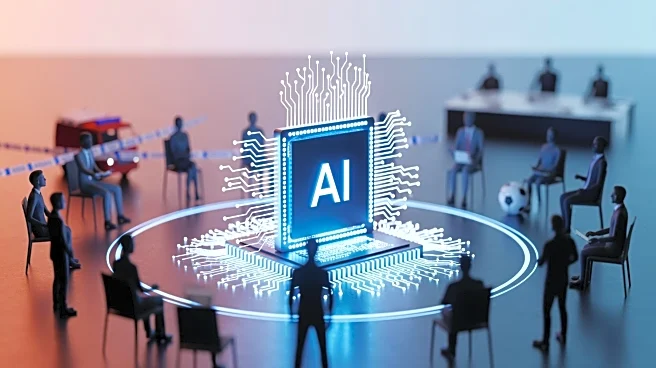What's Happening?
Fleet technology providers are forecasting significant advancements in commercial vehicle safety over the next five years, driven by artificial intelligence (AI) and autonomous technologies. Companies like Bendix, Fleetworthy, Fleetio, Geotab, and Isaac
Instruments are focusing on integrating AI into their systems to enhance safety measures. Bendix plans to improve advanced driver assistance systems (ADAS) by leveraging AI for better object detection and classification. Fleetworthy is enhancing its offerings with Smart Alerts to reduce distractions for drivers. Fleetio is moving towards predictive safety management using connected vehicle data and AI. Geotab is developing precision AI to support drivers instantly in the cab, while Isaac Instruments is investing in AI for behavioral detection and predictive maintenance. These advancements aim to shift the focus from reactive to proactive safety management, potentially reducing accidents and improving overall fleet efficiency.
Why It's Important?
The integration of AI into fleet safety technology represents a paradigm shift in how commercial vehicle safety is managed. By moving from reactive to proactive safety measures, these technologies have the potential to significantly reduce accidents and enhance road safety. This shift is crucial for the transportation industry, which has traditionally focused on mitigating the severity of accidents rather than preventing them. The use of AI to predict and prevent accidents before they occur could save lives and reduce costs associated with vehicle damage and insurance claims. Additionally, these advancements could lead to more efficient fleet operations, as predictive analytics help identify and address potential safety risks early. The focus on AI-driven safety measures reflects a broader trend towards automation and smart technologies in the transportation sector, which could have long-term implications for industry standards and regulations.
What's Next?
As AI and autonomous technologies continue to evolve, fleet technology providers are likely to further integrate these systems into their operations. Companies may invest in developing more sophisticated AI models and hardware solutions, such as dual-facing AI dashcams, to provide real-time support to drivers. The industry could see increased collaboration between technology providers and fleet operators to ensure seamless integration and maximize the benefits of these advancements. Regulatory bodies may also need to adapt to these changes by updating safety standards and guidelines to accommodate new technologies. The ongoing development of AI-driven safety measures could lead to a future where proactive safety management becomes the norm, potentially transforming the landscape of commercial vehicle operations.
Beyond the Headlines
The shift towards AI-driven safety technology raises ethical and legal considerations, particularly regarding data privacy and the responsibility of drivers versus automated systems. As AI systems become more prevalent, questions about the accountability in the event of an accident may arise. Additionally, the reliance on AI for safety could lead to a cultural shift in the transportation industry, where traditional driving skills are complemented by technological assistance. The long-term impact of these advancements may also influence workforce dynamics, as the role of drivers evolves with the integration of AI and autonomous technologies.



